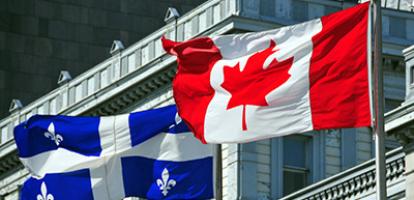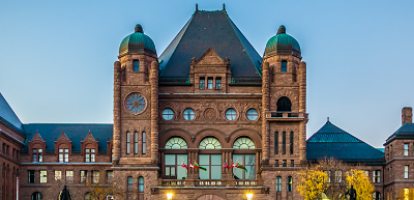From: Colin Busby and Åke Blomqvist
To: Canadian Drug Purchasers
Date: December 11, 2017
Re: Draft Regulations for Drugs – A Mixed Bag (I)
In the interests of consumer protection, the Patented Medicine Prices Review Board (PMPRB) announced, on December 1, its plans to move ahead with sweeping changes to the drug pricing regime in Canada, with revised international benchmarking as its centrepiece.
We see the reforms as a mixed bag. Although the PMPRB needs a rethink after 30 years of little change and reflection, and even though the system with multiple purchasers of drugs in Canada – mostly public and private insurers – leads to unnecessarily high drug prices, it is not clear how regulation based on international benchmarking is the most effective way of stickhandling “fair” and “excessive” pricing questions. We tackle the key issues in a two-part series.
The PMPRB’s approach to protecting consumers from excessive pricing is largely to set a price ceiling for a new patented medicine at the median of the public list prices in a select group of other countries. One of the key changes is to modify this basket of countries to include countries similar to Canada in terms of economic standing and consumer protection, and also to excise the United States as a comparator country. The additional countries introduced have lower average listed drug prices than Canada, so in a purely mechanical sense this should lower the median price on the new list. Removing the US from the list will also help since its high prices always are above the median, but it won’t have a big effect since the benchmark is the median, not the average, so the very drug high prices in the US never played a major role in the calculation in any case.
In our view, however, changing the selection of countries does not address the fundamental problem: That this has always been a poor model for regulating prices. The main shortcoming of the median price approach is well-known: Public list prices in other countries do not reflect the actual prices paid, which are overwhelmingly lowered by confidential rebates. Even within Canada there is a wide disparity between the prices paid by individual provincial plans, private insurers, and those paying out-of-pocket.
As well, additional PMPRB changes that concern disclosure of rebates and related discounts appear to be limited to those granted within Canada, and may do more harm than good. The forced disclosure of rebates to insurers within Canada are likely to discourage drug makers from offering discounts to their largest customers – provincial plans in Ontario and Quebec – and could actually push average drug prices upwards because drug makers would be more hesitant to offer any rebates for fear of having to grant them to every customer.
Without access to real international pricing information, the median price approach is, essentially, a kind of international harmonization of public list prices. So it is a weakly informative approach to the question of whether a medicine is “excessively” priced. Those who support regulation via lists of comparison countries and median-price approaches will say that they lower domestic prices because they prevent pharmaceutical companies from charging the “excessive” prices that prevail in the US.
But the US is an outlier: High drug prices there mean that a disproportionate amount of the money to finance pharmaceutical R&D comes from US patients and insurers, public and private. The moment the US electorate decides that the US is no longer willing to play this role, Canada and the rest of the international community will have to seriously address a collective action issue: How will we finance global R&D for drugs, and how do we decide whether Canadians are paying our “fair share”? This is the road we are now on.
Colin Busby is Associate Director of Research at the C.D. Howe Institute, and Åke Blomqvist is adjunct research professor at Carleton University and Health Policy Scholar at the C.D. Howe Institute.
To send a comment or leave feedback, email us at blog@cdhowe.org.





